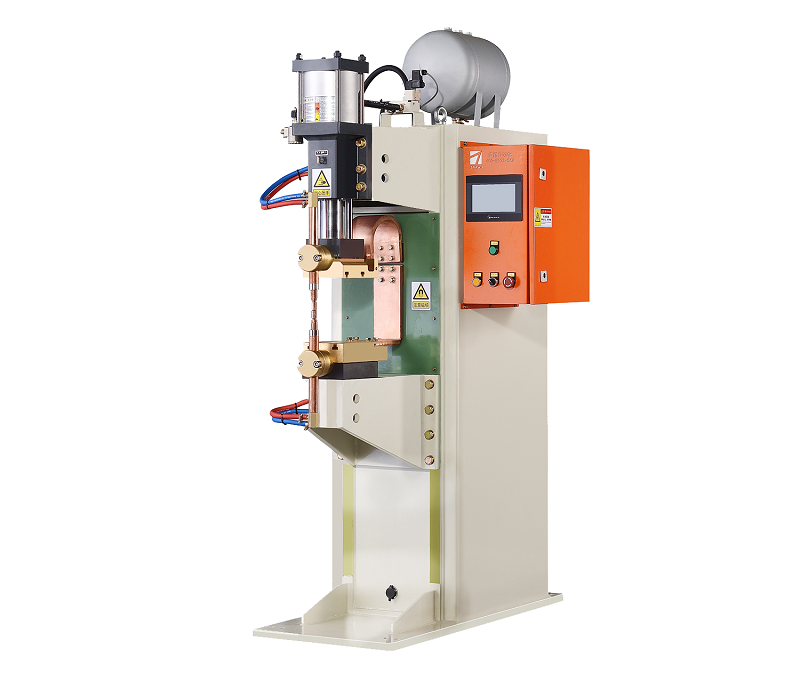- Home
- News
- What Are the Original Resources for the Design of Medium Frequency Spot Welding Machine Fixtures?
What Are the Original Resources for the Design of Medium Frequency Spot Welding Machine Fixtures?
The design of fixtures for medium frequency spot welding machines is a crucial aspect of ensuring accurate and efficient welding processes. These fixtures play a vital role in holding and positioning the workpieces during welding, thereby influencing the quality and precision of the final welded joints. This article explores the essential original resources that serve as the foundation for the design of effective fixtures for medium frequency spot welding machines.

1. Welding Machine Specifications: The first step in designing fixtures is to thoroughly understand the specifications of the medium frequency spot welding machine. This includes details such as power output, electrode types, and welding cycle parameters. These specifications provide the necessary information for determining the clamping force required and the appropriate fixture design that can accommodate the machine’s capabilities.
2. Workpiece Geometry and Material: Accurate knowledge of the workpiece’s geometry, size, and material properties is crucial. This information helps in designing fixtures that can securely hold the workpieces in the correct positions during welding. Different workpiece materials might require varying levels of clamping force or electrode configuration to ensure successful spot welding.
3. Welding Process Analysis: Understanding the welding process is essential for fixture design. Factors such as the welding current, duration, and electrode force directly impact fixture design. Conducting a detailed analysis of the welding process enables the engineer to design fixtures that can handle the thermal and mechanical stresses generated during welding without compromising the structural integrity of the fixture or the workpiece.
4. Electrode Design and Configuration: The design of the electrodes used in spot welding has a significant influence on fixture design. Electrode shape, size, and material affect how the fixture positions and secures the workpieces. Proper electrode design ensures even distribution of the welding force and minimizes the risk of deformation or damage to the workpieces.
5. Fixture Material Selection: Selecting the appropriate material for the fixture is critical to ensure longevity and performance. The fixture material should have good thermal conductivity to manage heat generated during welding and should possess sufficient strength to withstand mechanical stresses. The choice of material also depends on the welding environment, such as whether it involves corrosive substances.
6. Ergonomics and Accessibility: While focusing on technical aspects, it’s important not to overlook ergonomics and accessibility. The fixture should be designed in a way that allows for easy loading and unloading of workpieces. Operator comfort and safety are key considerations in designing fixtures, as they can impact the efficiency of the welding process.
Designing fixtures for medium frequency spot welding machines requires a comprehensive understanding of various factors, from machine specifications and workpiece properties to welding processes and electrode design. By utilizing these original resources as a foundation, engineers can create fixtures that optimize welding quality, efficiency, and overall productivity. Careful consideration of these resources ensures that the designed fixtures meet the specific needs of the welding process and contribute to producing high-quality welded assemblies.